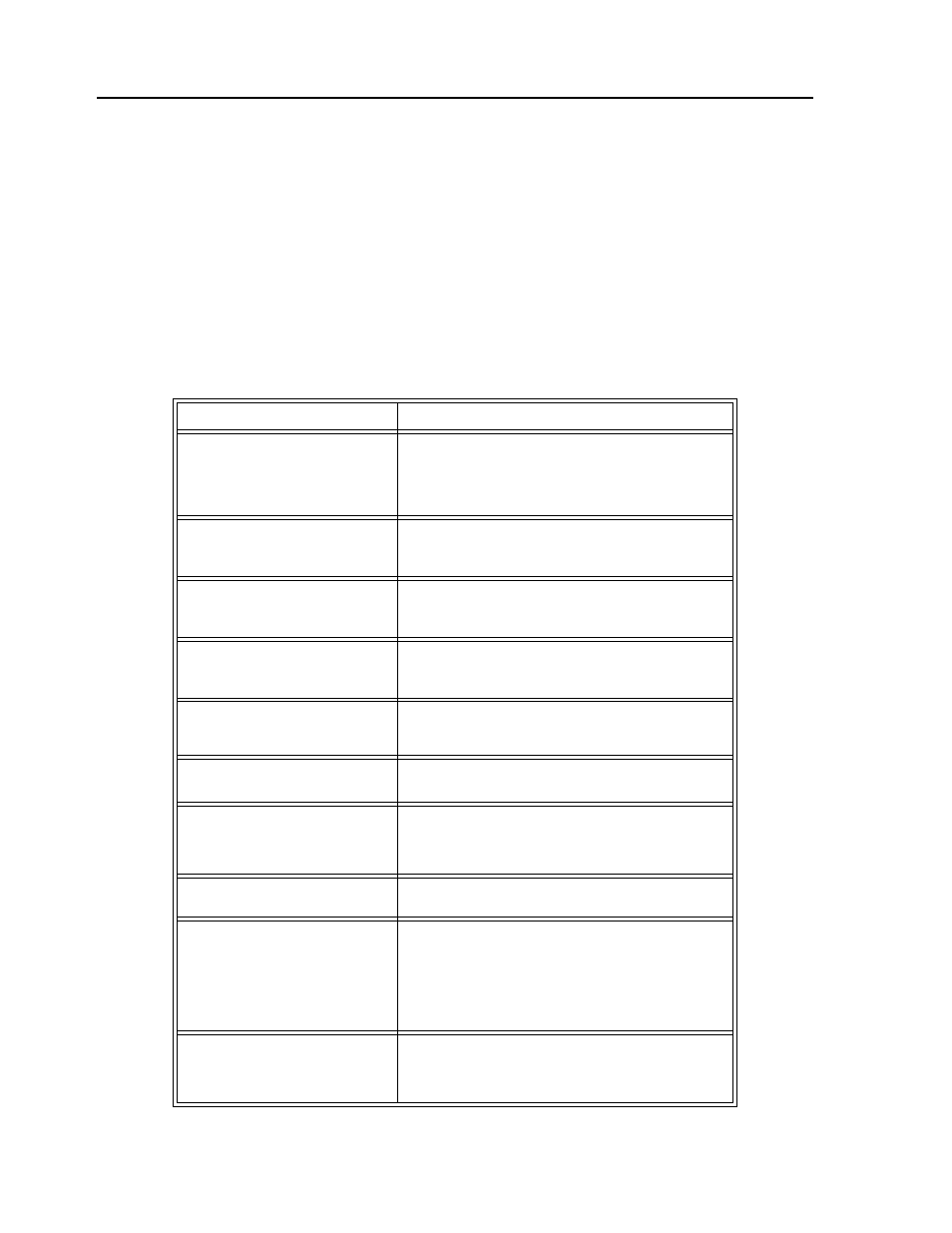Event triggers & trippoints, Smc-4000 event triggers, Smc–4000 event triggers – Yaskawa SMC–4000 User Manual
Page 316

306
SMC–4000 User Manual
Event Triggers & Trippoints
To function independently from the host computer, the SMC–4000 can be programmed to make decisions
based on the occurrence of an event. Such events include waiting for motion to be complete, waiting for a
specified amount of time to elapse, or waiting for an input to change logic levels.
The SMC–4000 provides several event triggers that cause the program sequencer to halt until the specified
event occurs. Normally, a program is automatically executed sequentially one line at a time. When an
event trigger instruction is decoded, however, the actual program sequence is halted. The program
sequence does not continue until the event trigger is "tripped". For example, the motion complete trigger
can be used to separate two move sequences in a program. The commands for the second move sequence
will not be executed until the motion is complete on the first motion sequence. In this way, the SMC–4000
can make decisions based on its own status or external events without intervention from a host computer.
SMC–4000 Event Triggers
Command
Function
AM X Y Z W or S
(A B C D E F G H)
Halts program execution until motion is complete on the
specified axes or motion sequence(s). AM with no
parameter tests for motion complete on all axes. This
command is for separating motion sequences in a
program.
AD X or Y or Z or W
(A or B or C or D or E or F or G or
H)
Halts program execution until position command has
reached the specified relative distance from the start of
the move. Only one axis may be specified at a time.
AR X or Y or Z or W
(A or B or C or D or E or F or G or
H)
Halts program execution until after specified distance
from the last AR or AD command has elapsed. Only one
axis may be specified at a time.
AP X or Y or Z or W
(A or B or C or D or E or F or G or
H)
Halts program execution until after absolute position
occurs. Only one axis may be specified at a time.
AI +/-n
Halts program execution until after specified input is at
specified logic level. n specifies input line. Positive is
high logic level, negative is low level.
AS X Y Z W S
(A B C D E F G H)
Halts program execution until specified axis has reached
its slew speed.
AT +/-n
Halts program execution until n msec from reference
time. AT 0 sets reference. AT n waits n msec from
reference. AT -n waits n msec from reference and sets
new reference after elapsed time.
AV n
Halts program execution until specified distance along a
coordinated path has occurred.
MC X or Y or Z or W
(A or B or C or D or E or F or G or
H)
Halt program execution until after the motion profile has
been completed and the encoder has entered or passed
the specified position. TW x,y,z,w sets timeout to
declare an error if not in position. If timeout occurs,
then the trippoint will clear and the stop code will be set
to 99. An application program will jump to label
#MCTIME.
MF X or Y or Z or W
(A or B or C or D or E or F or G or
H)
Halt program execution until after forward motion
reached absolute position. Only one axis may be
specified. If position is already past the point, then MF
will trip immediately.
